In today's fast-paced and technology-driven world, it is essential for educators to leverage the power of technology to enhance the learning experience for their students. One of the most effective tools in this regard is digital smart boards, also known as interactive whiteboards or smartboards.
Digital smart boards are essentially large touch-screen displays that can be connected to a computer or other digital devices. They allow teachers to project digital content onto the board, and then interact with it using a stylus, finger, or other input device. This makes it possible to create engaging and interactive lessons that capture students' attention and keep them focused on the learning material.
Here are a few key benefits of using digital smart boards in the classroom:
1. Improved Engagement and Interaction
Digital smart boards make it easier for teachers to create interactive lessons that engage students and promote active learning. Teachers can use a variety of multimedia resources, such as videos, images, and interactive simulations, to bring concepts to life and make them more tangible and relatable for students. Additionally, since students can interact with the content directly, they are more likely to become actively involved in the learning process.
2. Increased Collaboration
Digital smart boards also make it easier for students to collaborate with each other and with their teacher. Since the board can display multiple sources of content simultaneously, such as a slide presentation, a document, and a web page, students can work together to analyze and synthesize information from different sources. Additionally, some digital smart boards come equipped with conferencing equipment, making it possible for students to collaborate with peers in other locations.
3. Enhanced Instructional Flexibility
Digital smart boards offer teachers a great deal of flexibility in how they deliver instruction. For example, teachers can use the board to present a lecture, facilitate a discussion, or lead a group activity. They can also use the board to differentiate instruction by tailoring the content to meet the needs of individual learners. This flexibility can help teachers meet the diverse needs of their students and create a more inclusive classroom environment.
4. Improved Assessment and Feedback
Digital smart boards can also be used to assess student learning and provide feedback in real-time. Teachers can use the board to create quizzes, polls, and other interactive assessment tools that allow them to gauge student understanding and adjust their instruction accordingly. Additionally, since the board is interactive, teachers can provide immediate feedback to students as they work through problems or complete activities.
5. Increased Access to Resources
Finally, digital smart boards make it easier for teachers to access a wide range of digital resources to support their instruction. For example, teachers can access online databases, multimedia resources, and educational apps directly from the board. This can help teachers stay up-to-date with the latest educational trends and best practices and provide their students with a rich and varied learning experience.
Digital smart boards are a powerful tool that can help teachers create engaging, interactive, and effective lessons that improve student learning outcomes. DynamicCom offers top-notch interactive whiteboards & conference screens in UAE. Boost collaboration & engagement in classrooms & meeting rooms.
By leveraging the power of technology, teachers can create a classroom environment that is more inclusive, collaborative, and engaging for their students. Whether you are a seasoned educator or just starting your teaching career, digital smart boards are a tool that you should definitely consider adding to your teaching toolkit.



